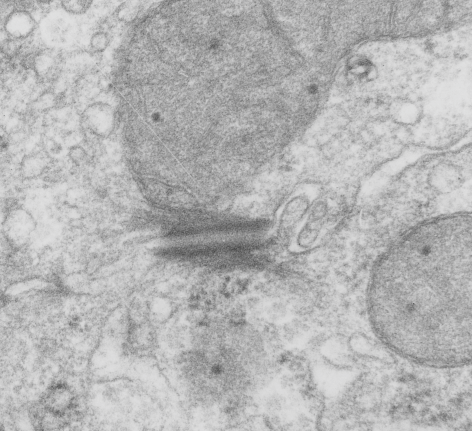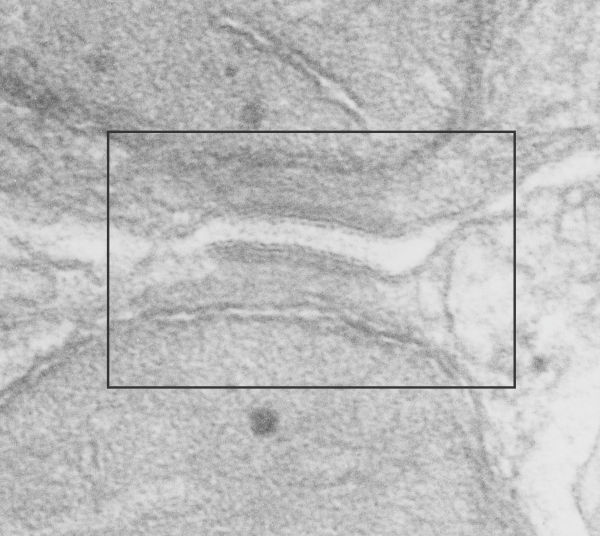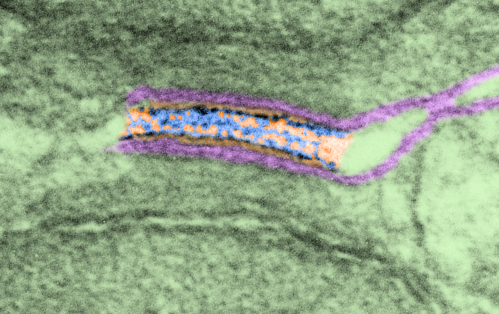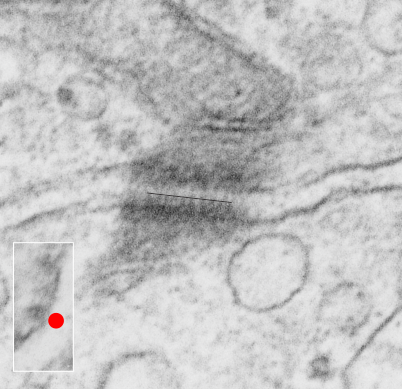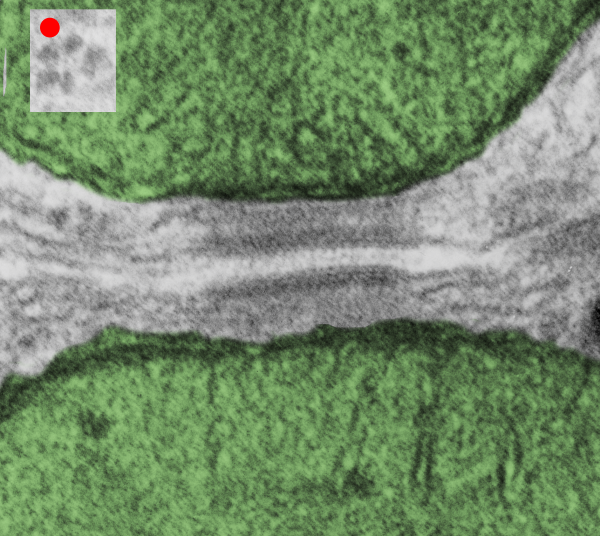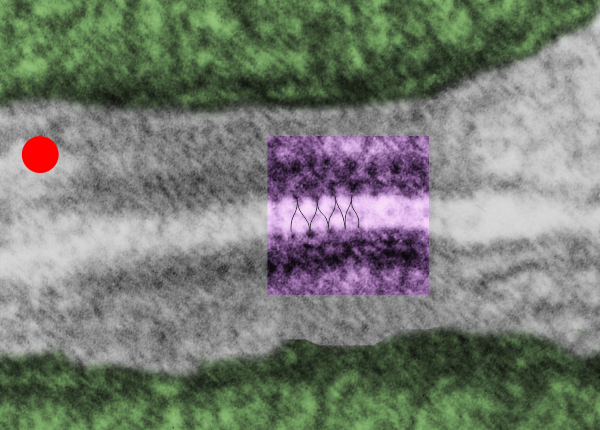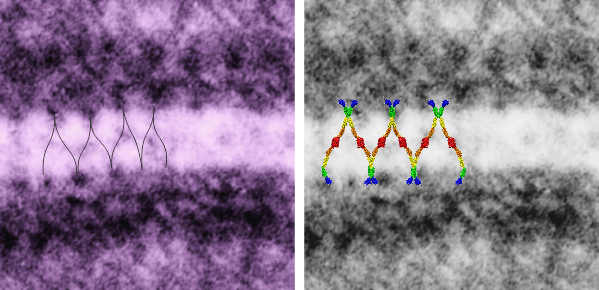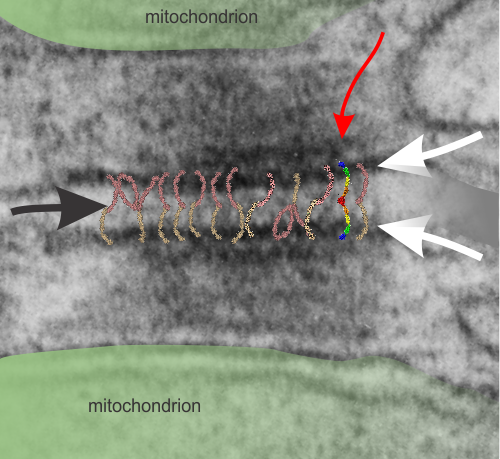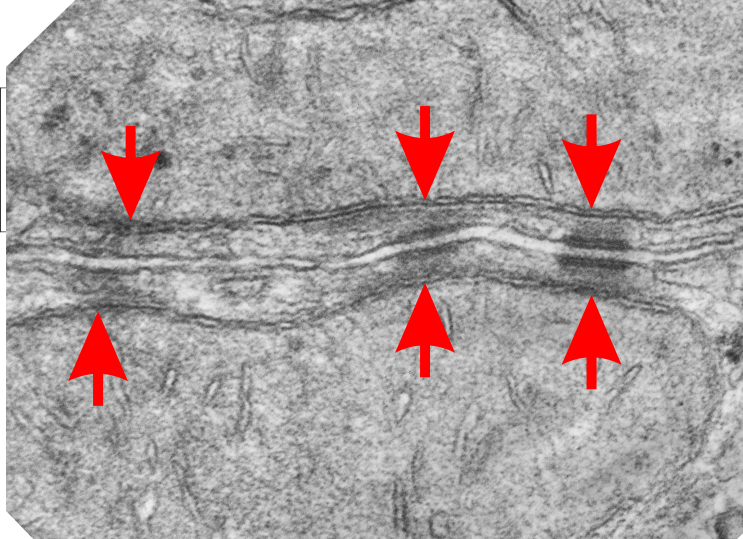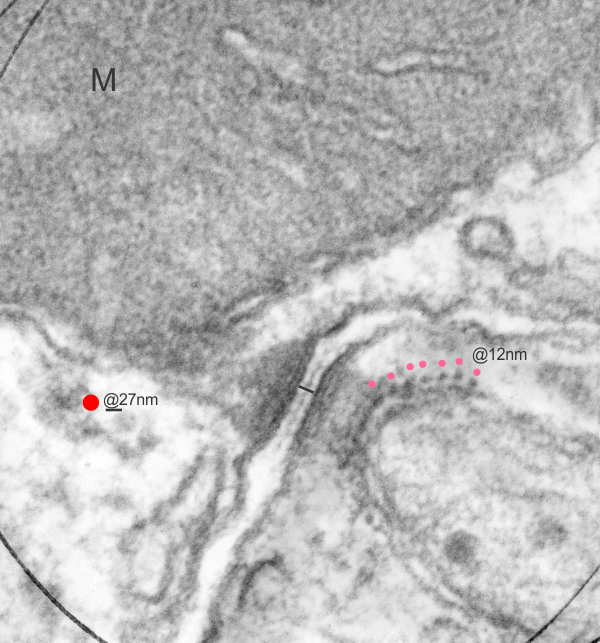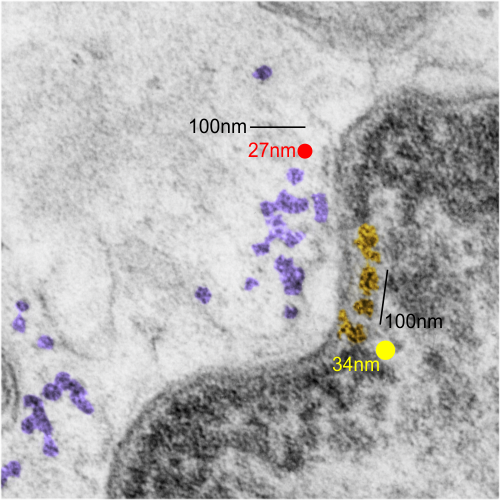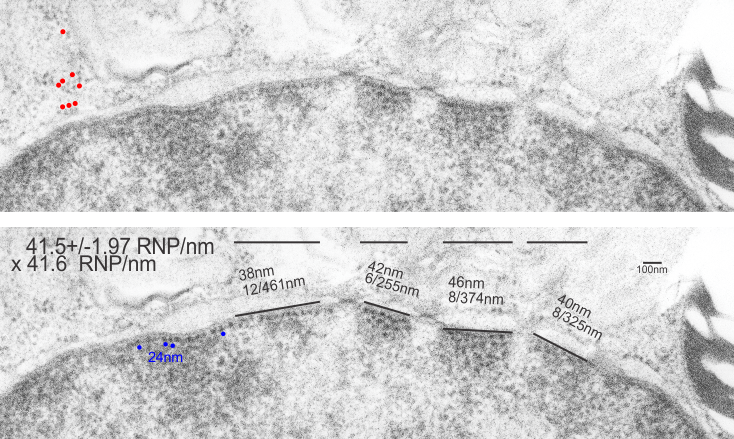First the apologetic! Few grew up in an atmosphere more infused with Disney than I did. Southern california born – a father who lived on Mariposa next door to July Garland – steeped in Hollywood culture from afar – a cartoonist in high school – a short-time employee of Disney studios as an “in-between” man (i think my dad wanted more freedom). My aunt Joyce Weil lived next door to Ollie Johnson, long time Disney employee and toy train addict, upon whose backyard miniature steamer? train I rode as a child – my best friend’s mother painted all the skirts of the fairies (dandelion seeds) in Fantasia – our summer vacations were at Disneyland… my favorite place on earth – and my sister was a cast character at Disneyland for a while – my brother worked marionettes for a disney film – and from time as a toddler to teen years I dreamed of working at disneyland painting the pretty parts of Fantasyland. My mind is still full of gingerbread-type ideas. I have made stained glass disney panels for the woman who was the original Mickey, and is still Minnie at disneyland and did Pete’s Dragon for one of the lighting engineers. There have been countless family gatherings under the disneyland christmas tree – though now a gathering would be without those who have departed from our presence, but would be filled with new little faces. Basically I wanted to live at Disneyland. I am, because of this upbringing (or at least modified by it) an incurable romantic, waiting still for a prince charming to find me, and to live happily ever after in a fairy-like castle.
The impact of fantasy – on our lives, and perception of life? How good is it, how damaging. I wont weep that my dreams were never fulfilled…. or even suggest that at a wise and sage 74 and having been a scientist for 40 years that that might qualify me to be a consultant on their “imaginarium” team, for biology, histology, and physiology which I would do for free… This wont happen either.
What i will comment on is the impact of that environment had on an already slightly “fantastical” (haha) mind. I wept watching the TV version of Frozen last night. In some w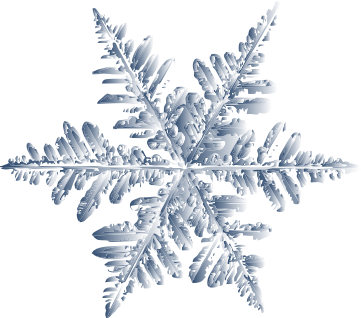 ay it touched me really deeply, because 1) of the sister thing and the separation (in distance) between me and my two sisters, 2) because of the struggle to understand that ultimately “love” conquers all and 3) because in some ways a profession (mine in science) reinforced the separation that i feel from the fantasy/love/happily ever after part of my brain which I had hoped would be the main path of my life.
ay it touched me really deeply, because 1) of the sister thing and the separation (in distance) between me and my two sisters, 2) because of the struggle to understand that ultimately “love” conquers all and 3) because in some ways a profession (mine in science) reinforced the separation that i feel from the fantasy/love/happily ever after part of my brain which I had hoped would be the main path of my life.
My prayers to all of you who have not yet found the “anna” in your hearts, but are like “elsa”- afraid, reserved, frozen. I don’t know if i would have ever found the “anna” in my own life had i worked in the field that i dreamed of as a child… maybe, maybe not, I pass no judgement on the impact of fantasy on the reality we all must live with, especially the impact on the young, and young at heart. Reality ≠ Fantasy = Disney.
